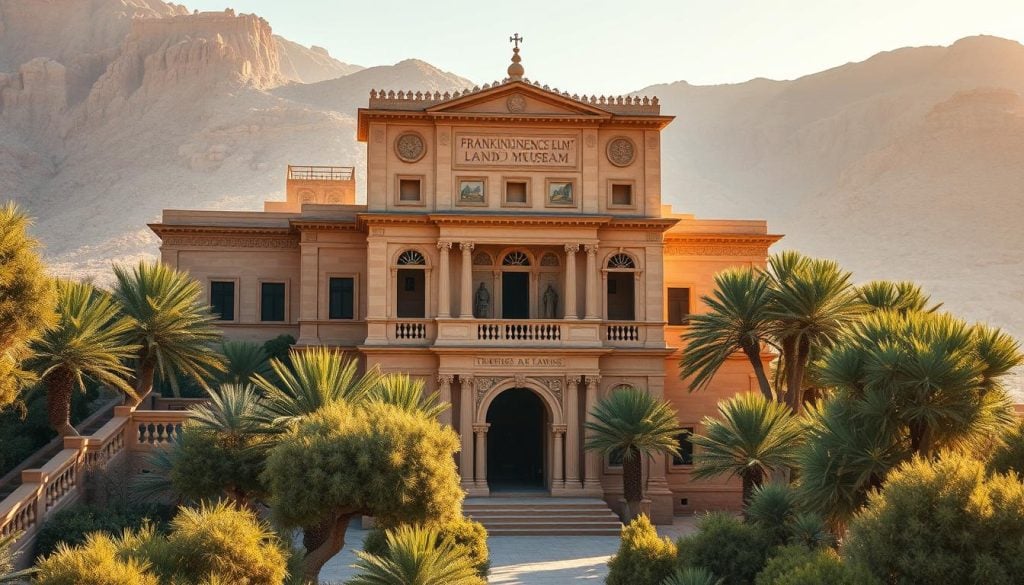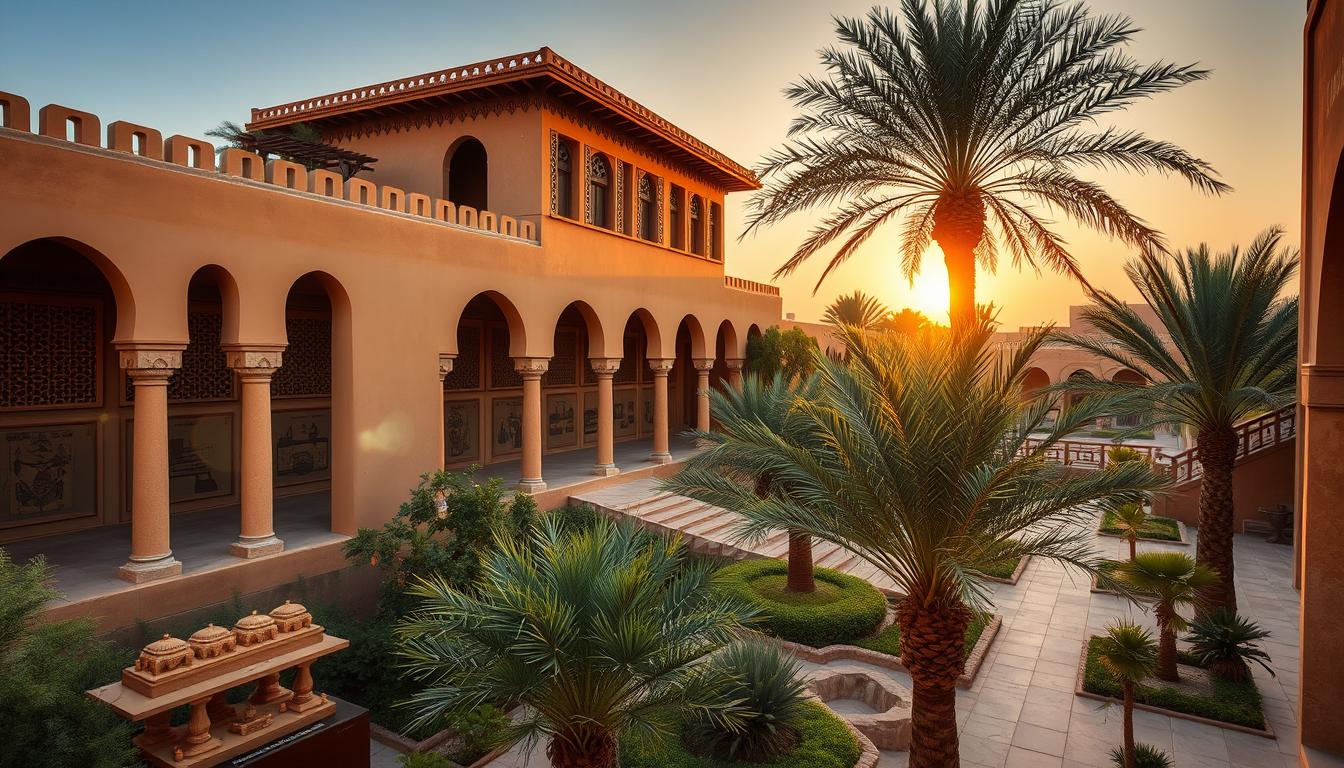Nestled on the southeastern edge of the Arabian Peninsula, Oman is a land where ancient traditions blend seamlessly with breathtaking landscapes. From the aromatic trails of frankincense to the golden dunes of its deserts, Oman offers travelers a unique tapestry of experiences that are both enriching and unforgettable.
The Legacy of Frankincense
For millennia, frankincense has been at the heart of Omani culture and economy. Harvested from the Boswellia sacra trees predominantly found in the Dhofar region, this fragrant resin was once more valuable than gold, sought after by pharaohs and emperors alike. The Land of Frankincense, encompassing sites like the frankincense trees of Wadi Dawkah and the ancient ports of Khor Rori and Al-Baleed, highlights its historical significance as a center of trade and commerce.

The traditional harvesting process, known as “tapping,” involves making careful incisions into the tree’s bark, allowing the resin to ooze out and harden. This method, passed down through generations, ensures the sustainability of the trees and the purity of the resin. Visitors to the region can witness this age-old practice firsthand, gaining insight into a tradition that has shaped Oman’s identity for thousands of years.
Muscat: A Blend of Tradition and Modernity
The capital city, Muscat, serves as a gateway to Oman’s rich heritage and contemporary allure. Unlike the towering skyscrapers of its neighboring capitals, Muscat maintains a harmonious blend of traditional architecture and modern infrastructure. The Sultan Qaboos Grand Mosque, with its intricate design and expansive prayer hall, stands as a testament to Islamic artistry. The Royal Opera House Muscat showcases the nation’s appreciation for arts and culture, hosting performances that range from classical Western operas to traditional Omani music.
Strolling through the Mutrah Souq, one of the oldest markets in the Arab world, visitors are enveloped in a sensory feast. The scent of frankincense lingers in the air, mingling with spices, perfumes, and traditional Omani cuisine. Handcrafted silver jewelry, vibrant textiles, and ornate khanjars (traditional daggers) line the stalls, offering a treasure trove of souvenirs and a glimpse into Omani craftsmanship.
Natural Wonders and Adventure
Beyond its urban centers, Oman boasts diverse landscapes that cater to adventurers and nature enthusiasts alike. The Wahiba Sands, stretching over 12,500 square kilometers, presents an ocean of golden dunes, where Bedouin tribes continue to uphold their nomadic lifestyle. Desert safaris offer thrilling dune bashing experiences, followed by serene nights under star-lit skies in traditional desert camps.
The Al Hajar Mountains, running parallel to the coast, provide a stark contrast to the desert plains. Jebel Shams, known as the “Mountain of the Sun,” is Oman’s highest peak and offers hiking trails with panoramic vistas of the surrounding canyons. The picturesque village of Misfat Al Abriyeen, perched on the mountain slopes, showcases ancient mud-brick houses and lush terraced gardens, irrigated by the traditional falaj system—a network of water channels that has sustained Omani agriculture for centuries.
Coastal Charms and Marine Life
Oman’s extensive coastline along the Arabian Sea is dotted with pristine beaches, secluded coves, and vibrant marine ecosystems. The Daymaniyat Islands, a protected marine reserve, are a haven for snorkelers and divers, boasting coral reefs teeming with colorful fish, turtles, and occasional whale shark sightings. The port city of Sur, historically known for its dhow-building yards, continues to craft these traditional wooden vessels, symbolizing Oman’s enduring maritime heritage.

The coastal town of Salalah, particularly during the monsoon season known as “Khareef,” transforms into a lush green paradise. The seasonal rains bring life to the region, covering the mountains with mist and creating an oasis-like setting that is rare in the Arabian Peninsula. Visitors can explore stunning waterfalls, freshwater springs, and rolling green hills, offering a refreshing contrast to the arid landscapes found elsewhere in the country.
Culinary Delights
Omani cuisine reflects the country’s rich tapestry of cultural influences, blending Arabian, Persian, Indian, and East African flavors. A traditional Omani meal often begins with dates and kahwa—a spiced coffee infused with cardamom. Staple dishes include shuwa, a succulent slow-cooked lamb marinated with Omani spices and roasted in an underground sand oven, and majboos, a fragrant rice dish cooked with saffron and a choice of meat or seafood. The coastal regions, abundant with fresh seafood, offer delicacies like grilled kingfish and squid, seasoned with local herbs and spices.
For those with a sweet tooth, halwa is a must-try. This gelatinous dessert, made from rose water, saffron, nuts, and sugar, is a symbol of Omani hospitality and is often enjoyed with a cup of steaming tea.
Preservation and Sustainability
In recent years, Oman has made concerted efforts to balance development with environmental conservation. The establishment of nature reserves, such as the Ras Al Jinz Turtle Reserve, protects nesting sites for endangered green turtles, allowing visitors to witness the remarkable nesting and hatching process under guided supervision. The government’s initiatives to promote sustainable tourism ensure that Oman’s natural beauty and cultural heritage are preserved for future generations.
Eco-friendly resorts and sustainable tourism initiatives have gained momentum, with many lodges and hotels adopting responsible practices to minimize environmental impact. Efforts include reducing plastic waste, conserving water resources, and promoting local culture and traditions through community-based tourism programs.
Hospitality and Cultural Etiquette
Omani hospitality, rooted in Islamic traditions, is renowned for its warmth and generosity. Guests are often welcomed with dates and kahwa, symbolizing friendship and respect. When visiting, it’s essential to dress modestly, especially in rural areas and religious sites. Engaging with locals offers deeper insights into Omani customs, from traditional music and dance to the art of frankincense burning—a ritual believed to purify spaces and ward off negative energy.
The Omani people take pride in their heritage and are always eager to share stories about their history, culture, and traditions. Whether enjoying a meal with a local family, exploring a bustling souq, or embarking on a desert adventure, travelers are sure to feel the genuine warmth of Oman’s people.
Conclusion
Oman, with its rich tapestry of history, culture, and natural beauty, offers travelers an authentic and immersive experience. From the ancient frankincense trails to the serene coastal landscapes, every journey through this Arabian gem is adorned with golden moments waiting to be discovered. Whether seeking adventure, cultural exploration, or tranquil escapes, Oman promises a journey unlike any other—where history, nature, and hospitality intertwine to create unforgettable memories.
Breaking Barriers: Oman’s First-Ever Satellite Reaches Orbit!


